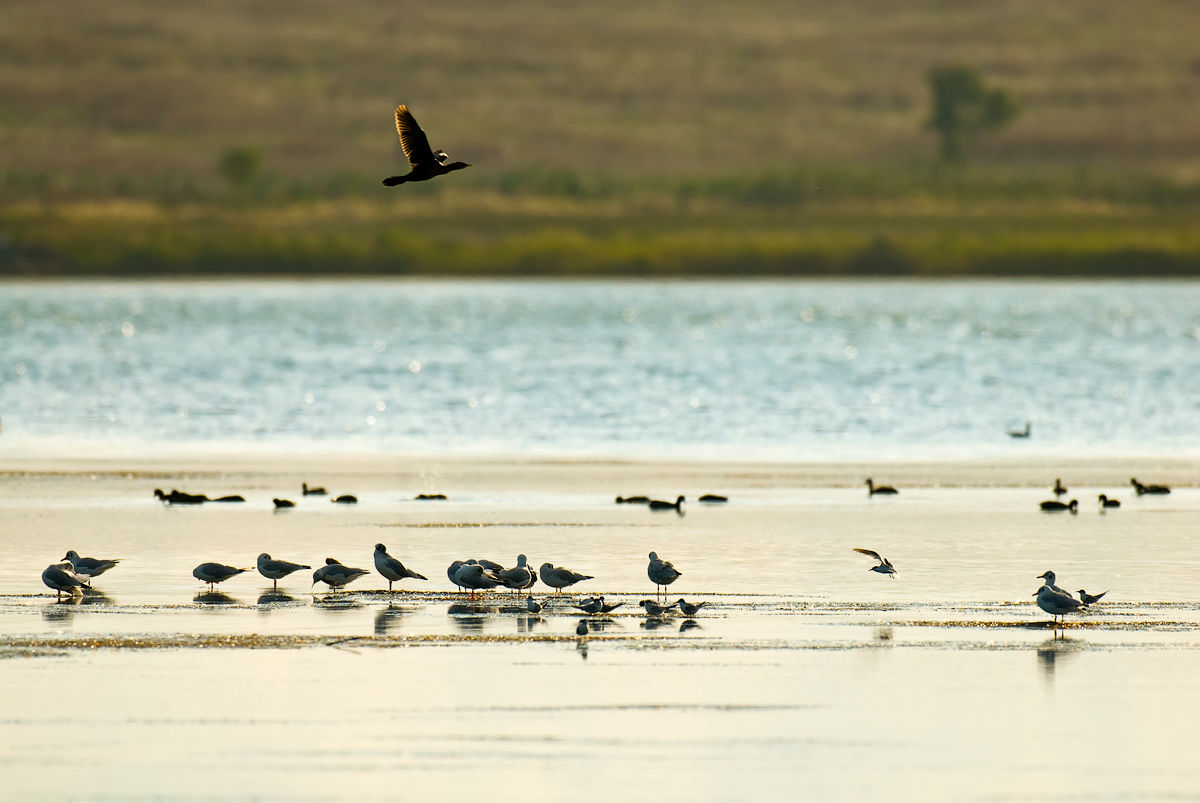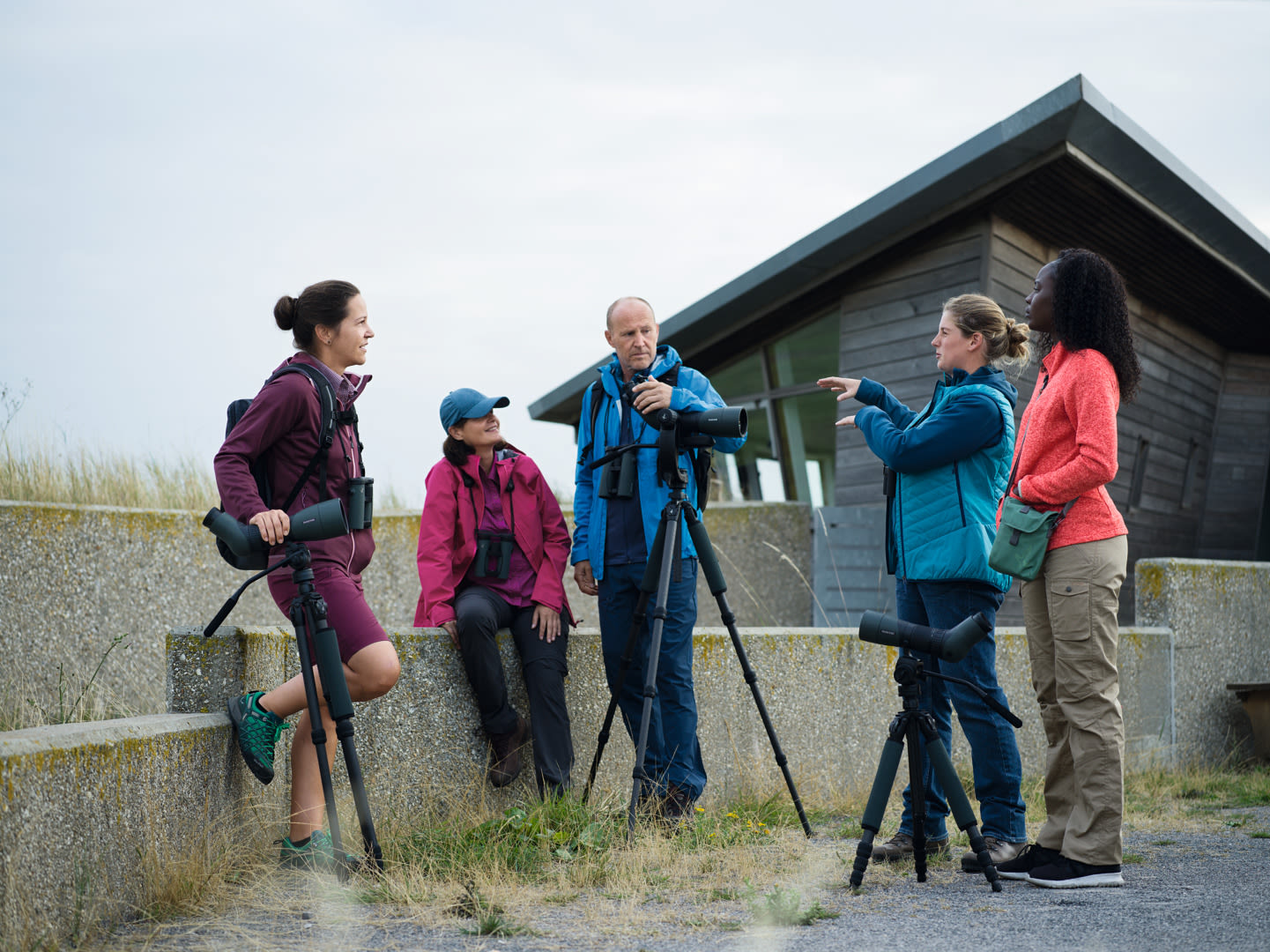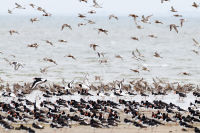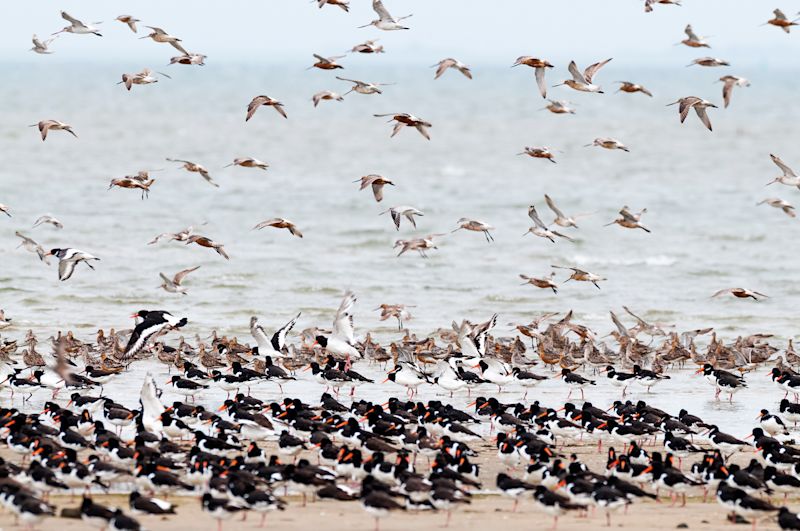There is no substitute for time spent out in the field. After all, at its core, birding is about spending time outdoors observing birds. But where to go and what to look for? The following advice will put you in the best position to succeed as you learn to become a better birder, step-by-step and at your own pace.
As a very first step, consider familiarizing yourself with good birding etiquette. Knowing the dos and don’ts of birding will make it easier for you to observe birds while ensuring that birds remain undisturbed by your presence.
1) Get hooked on the pretty ones first
It’s often beneficial to become skilled in identifying larger, more colorful birds, before moving on to smaller or skulking species that require more patience to appreciate.


2) Get common birds down cold
Winter is a great time to get out into the field and familiarize yourself with resident birds. The leaves are off the trees and finding birds is easier. Because migrant birds are largely absent, there is also a more manageable number of total species around in comparison to other times of the year. As a bonus, activity at bird feeders is often particularly high in winter!


3) The right place and time
For birds, water is an attractive place to rest and seek shelter. Once you’ve mastered the birds typically found in and around water, you can branch out to more difficult habitats like dense forest where birds are often at the tops of trees or hidden by foliage, etc.
Generally speaking, birds are more active at dusk and dawn. Finding an area where two habitats meet, i.e. a forest at the edge of a meadow or a muddy shoreline, is a good place to start.

4 ) Learn from your mistakes
An open mind and the right attitude will make you a better birder faster. As you work to identify the birds you’re seeing, remember that mistakes are only natural.
If you’re concerned about making a mistake when birding, check out these 10 tips for avoiding bird misidentification.
Birds come, birds go, but the constant should be a steady progression that you find satisfying and rewarding.

5) Have fun!
Birds are everywhere and, as a consequence, adventure is literally around every corner. A few years back, as the craze of Pokémon compelled enthusiasts to get out and collect Pokémon in their local neighborhoods and beyond, birders rightfully noticed the similarity to their own more established pastime.
The joy of discovery in birding is real and so is the satisfaction of spending time outdoors in pursuit of beauty, interesting birds and a deeper understanding of the natural world.
App developers may find out how to make use of the digital guide’s potential.














